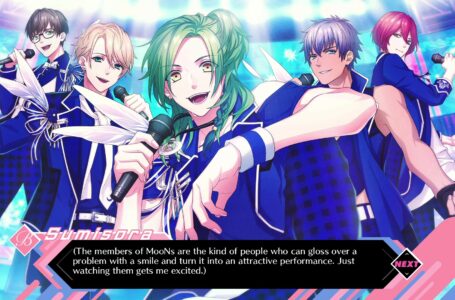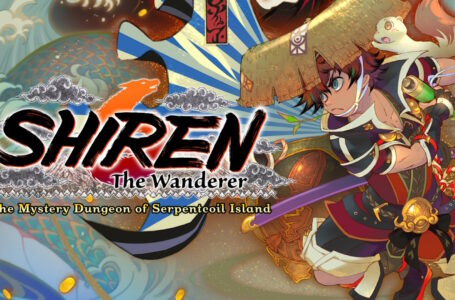Steins;Gate Elite Review (PS4)
I have never played or seen anything to do with Steins;Gate missing the games, anime, everything. So, when it came to the Steins;Gate Elite review, an updated version of the original title, I put myself forward to right this wrong, finally.
The story of Steins;Gate Elite is complex one, taking in serious notes and melodrama, with a sprinkling of time travel for good measure. As it is a visual novel, the story is the main focus, playing out across multiple chapters with slightly different narrative drives.
Our protagonist, Okarin or Rintaro Okabe OR Kyouma Hououin witnesses a murder at a conference but then discovers that not only did this murder not occur but several events on that day either did not occur or do not match with his own recollections of the situation.
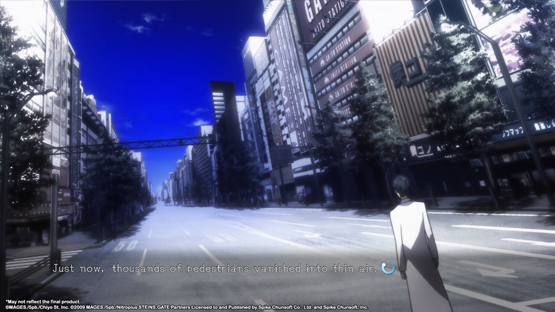
This begins a quest in our worryingly eccentric hero to discover why this is the case, why the email he sent on that day arrived five days earlier to the recipient, and whether this is all a plot by the “Organization” to take him, the mad scientist, down.
The core of this narrative is a bit of a rollercoaster, pivoting dramatically from hard-hitting and dark material to light-hearted fluff in the blink of an eye. Normally this would be a problem, but it really works here with the events that transpire throughout, feeling cohesive with the overarching plot.
What is incredible about this title is that it deals with time travel in a grounded, scientific way, explaining it from multiple viewpoints. Needless to say that this forms a large portion of the central narrative, so it’s advised to definitely pay attention when this matter is discussed.
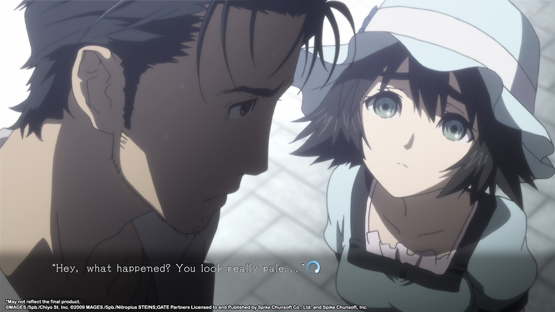
Even though Steins;Gate Elite is a visual novel, it is not without its gameplay, getting the player involved with narrative decisions on the more inter-character level, allowing you to choose how to respond to emails from the other characters, developing the relationships between them.
Also, the game will occasionally place the player in a social media string (the @channel), revealing plot significant details as social posts with the responses from various “anonymous” posters, interacting with the original poster and chiming in with irrelevant additional viewpoints.
The realistic portrayal of social media is staggering in these sections, feeling like an actual forum or social media timeline. In fact, these sections are so close to reality that they actually became quite banal as the game wore on, with aimless scrolling becoming the norm (just like real life).
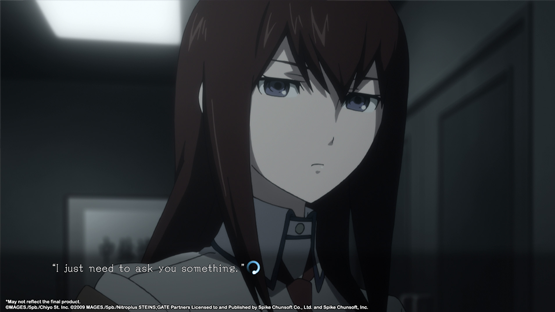
The roster of characters are a diverse and likeable bunch, ranging from the ditzy and immensely loveable Mayushii, to the stoic and eloquent Kurisu. Their introductions, and ongoing impact on the central narrative is a complex puzzle that reveals itself as it goes on.
The only low point for me personally with the characters is the lead himself, Okarin. He is a borderline sociopath and pathological liar with delusions of grandeur that really doesn’t endear him to me at all. I obviously understand that this is an incredibly subjective gripe though.
Also, it doesn’t really count against the game itself, as the lion’s share of activity is experienced via him as more of a conduit that the actual spark of the events, allowing the player more of a close attachment to the unfolding narrative, to the immense benefit of the player.
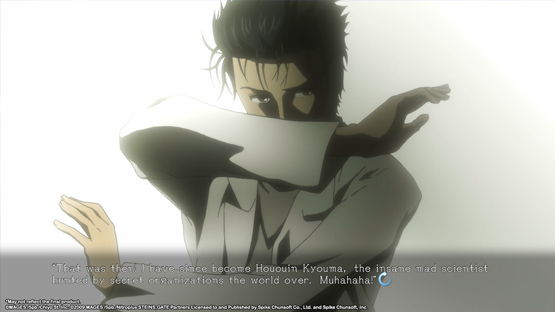
One of the best features in the game is the Tips List, which updates automatically when new terms are discussed by the characters. This gives a staggeringly comprehensive explanation to everything in the game, from scientific terms and theories to “real world” references.
Speaking of which, these references to the “real world” are wonderful to discover and give a little bit of glee at understanding them each time, with their slight alterations to the names. So, keep an eye out for references to “Juju’s Bizarre Adventures” and “Ghost in the Husk”, among others.
As this is an update of the original title, everything is present from before, but with updated visuals from the anime and new animation for routes not explored in the anime. Also included in this version is a HD remaster of the Linear Bounded Phenogram DLC.
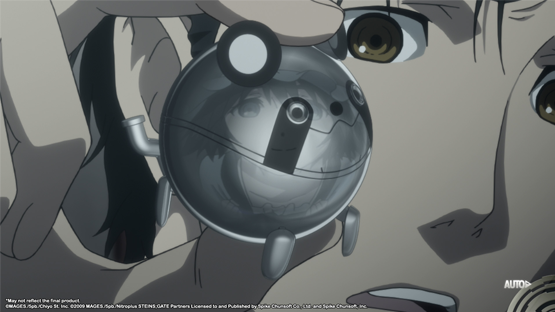
This is a collection of short stories set in different realities of the main game’s world, following different characters. These feature the same dissonance of feeling of the main game, swinging between hard-hitting and light-hearted, and give fantastic insights into the characters.
It should be advised to definitely finish the main story first before handling the Phenogram, and there’s a lot of story here too, with multiple endings affected by your behaviour as Okarin throughout the narrative. So, there’s a very decent amount of content here for the price tag.
Visually, this game is a treat, with gorgeous art and animations, all framed in some of the best user interface design in modern gaming. The voice acting, too, is superb throughout. In fact, the only sore point in the aesthetic of the game is that the music is simply forgettable (aside from the incredible animated intro theme, but that’s a given).
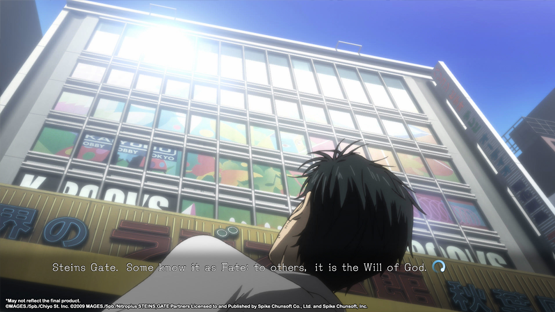
Steins;Gate Elite is an incredible achievement, with a fantastic and involved narrative arc, deep character development, and stunning visuals. In fact, I would go as far as to say that this is the best visual novel I have ever played, blowing previous experiences out of the water.
Visual novel games are not for everyone, and that should be taken into account when considering my views on this, but if you have even a passing interest in this game, you definitely should give it a try, if only to learn the secrets of the PhoneWave (name subject to change).
El Psy Kongroo.
Steins;Gate Elite is out now for Playstation 4, Playstation Vita, Nintendo Switch, and Windows PC via Steam. Have we sold you on the game? Why not pick up a copy?
- New Persona 5 Royal Trailer Introduces Kasumi And Special Edition Revealed - June 6, 2019
- New Bloodstained: Ritual of the Night Character Revealed Ahead Of Release - May 31, 2019
- Final Fantasy XIV: Shadowbringers Preview - May 29, 2019



